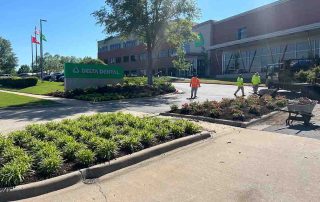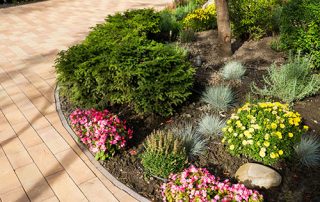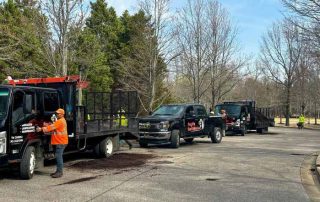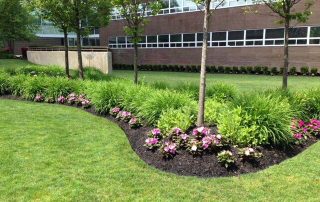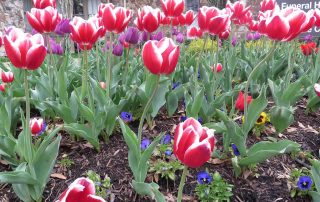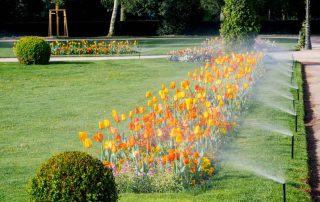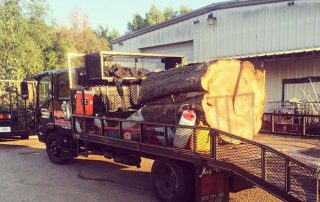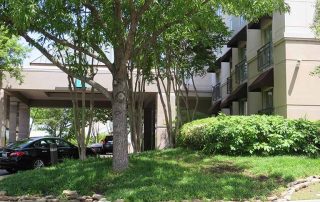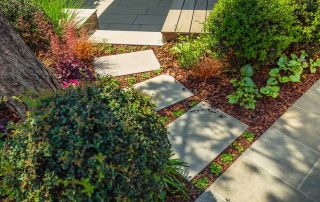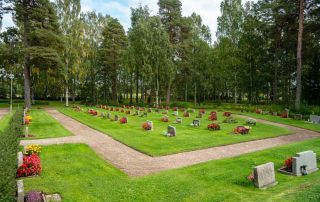The Tranquil Oasis: A Comprehensive Guide to Commercial Landscape Pond Construction
Pugh's Earthworks From the serene reflection of the water's surface to the gentle hum of a well-placed waterfall, a landscape pond can add an air of tranquility and beauty to any environment. For commercial entities invested in providing a green respite or a focal point of interest, constructing a landscape pond can be a significant yet rewarding venture. This guide will lead property managers, landscapers, and anyone enraptured by the idea of a waterscape through the meticulous process of Commercial Landscape Pond Construction that becomes the coveted jewel of the property. Assessing the Space and Requirements Before the first stone is laid or the first lily planted, a thorough assessment of the space and regulatory requirements is paramount and will be conducted by Pugh's Earthworks. Commercial landscape ponds come in various shapes and sizes, and their design should integrate seamlessly with the existing architecture and surrounding features. Understanding the Purpose and Vision -Begin with a clear vision of why the pond is being constructed. Is it to serve as a calming influence in a busy office space or as a centerpiece for a commercial garden? Knowing the purpose will inform every decision from size to design elements. Space and Zoning Regulations - Survey the designated area to ensure sufficient space and compliance with local zoning regulations. It is important to consider setbacks, potential underground utilities, and accessibility for maintenance. Utility and Safety Considerations - Ensure that the construction site will not interfere with buried utility lines, and plan safety precautions, such as securing the perimeter and providing signage during construction. Designing Your Water Feature A well-thought-out design is the foundation of an exceptional landscape pond. This stage involves conceptual and technical planning that will bring your vision to life. Conceptual Planning - Work with a design team to create a concept that takes into account the functionality, aesthetics, and sustainability of the pond. Consider features like waterfalls, fountains, and islands for an added wow factor. Technical Design and Blueprints - Develop detailed blueprints that outline the pond's structure, filters, aeration systems, and water flow. These not only guide the construction but also ensure the pond operates efficiently and meets safety standards. Choosing Materials - Select materials that complement the design and will withstand the test of time. Options range from natural stone to precast concrete for the pond's shell and deck, and a variety of liners are available for flexibility and durability. Selecting the Right Team The success of your commercial landscape pond project hinges on the expertise of the team you assemble. From architects to builders, each member should bring a unique skill set to the project. Pugh's Earthworks has all of the credentials to construct your pond. Landscape Architects - Hire landscape architects with experience in pond construction and a portfolio that demonstrates their ability to blend art and science in a project of this nature. Contractors and Subcontractors - Choose contractors and subcontractors who specialize in water feature construction. Ensure they are fully licensed and insured, and check references [...]

